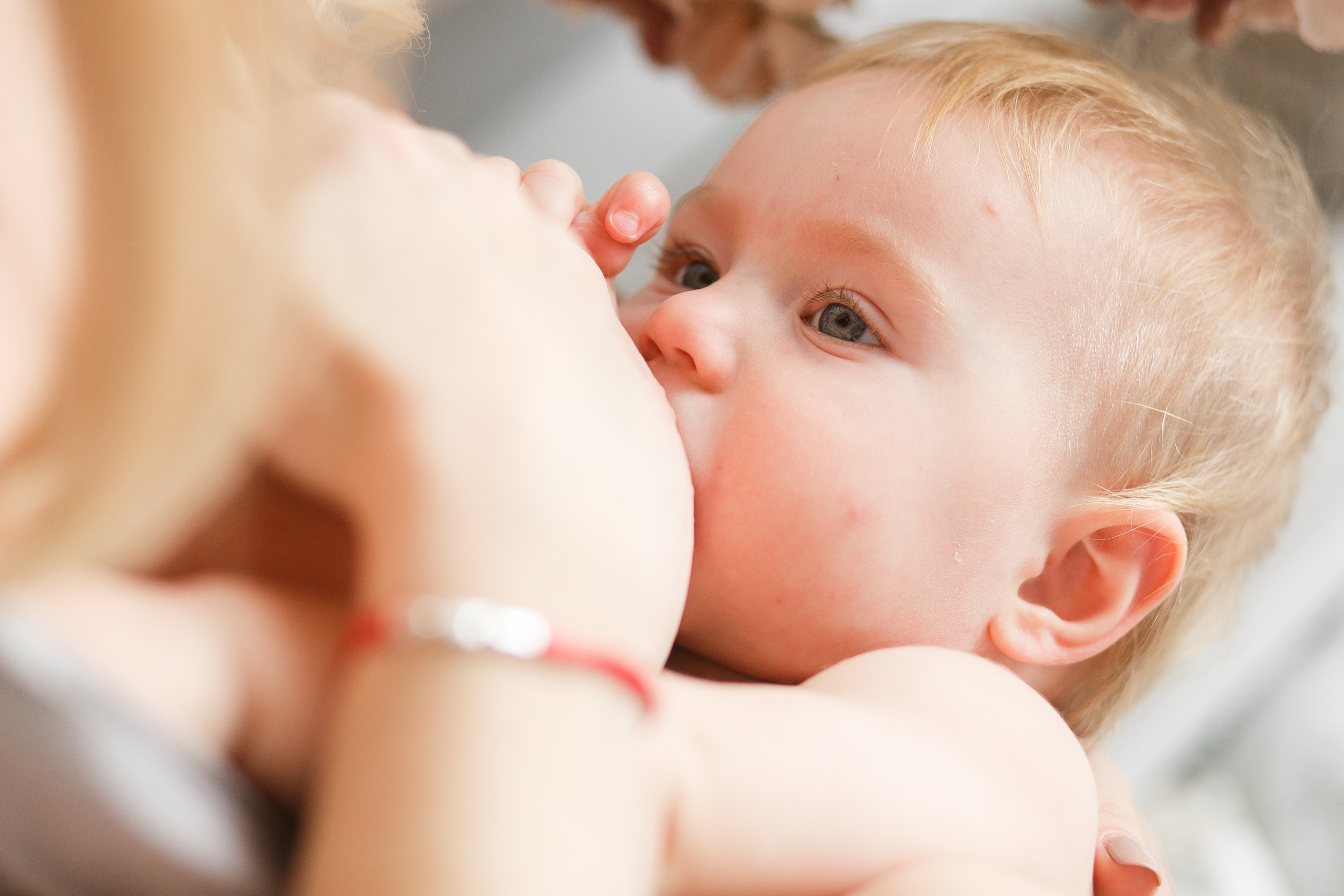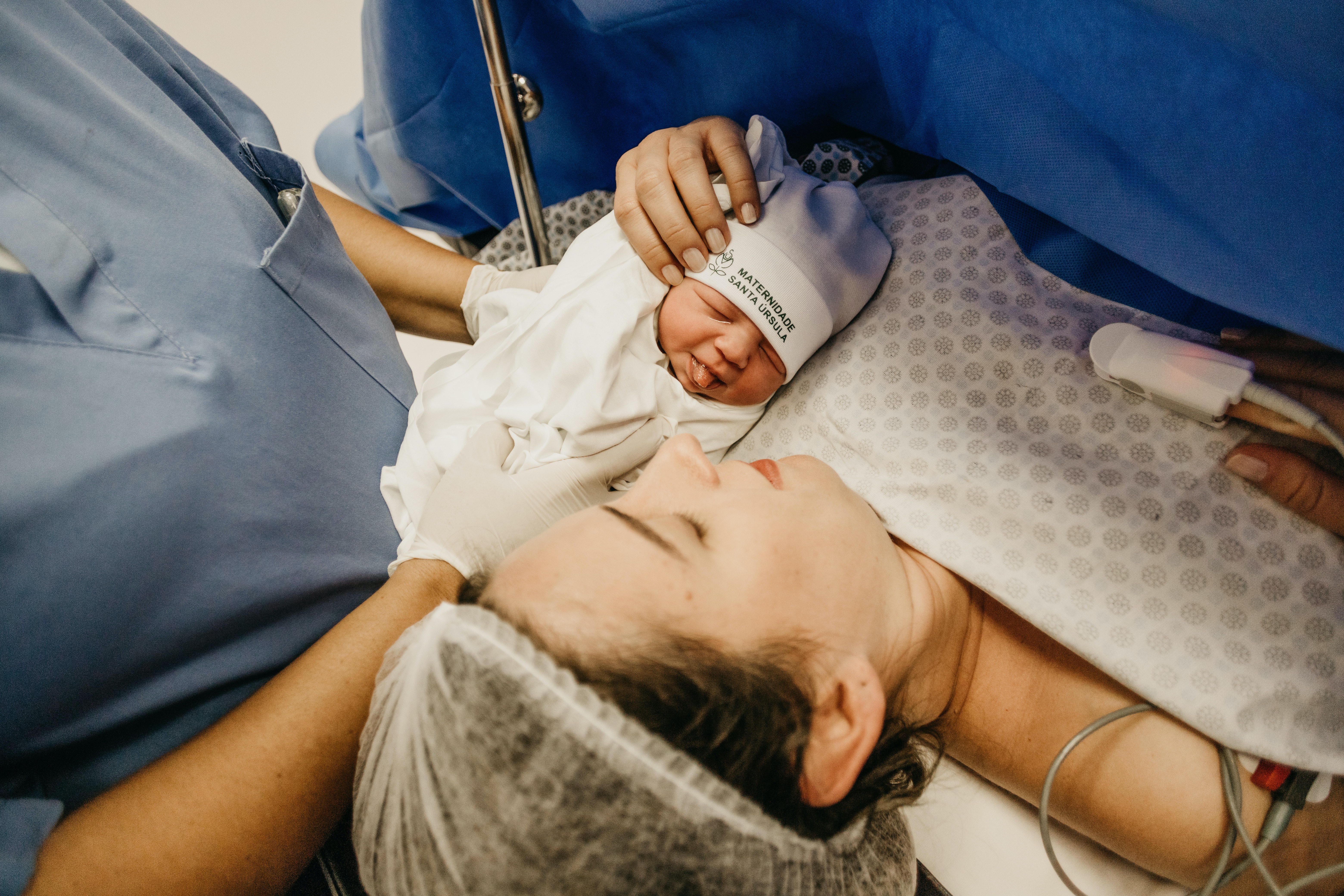Learn about the various postnatal changes you might experience, whether hormonal, physical or emotional.
Some postnatal changes you’ll experience soon after delivery, such as postpartum bleeding or pain, while others may last months after you’ve given birth. Learn how to manage these symptoms and when you should get medical assistance.
Hormonal Changes

Progesterone
The high levels of progesterone during pregnancy helps you relax ligaments and aids your uterus in accommodating your growing baby. It also offsets another hormone, prolactin, but decreases after delivering the placenta. Thus, you may have a temporary imbalance until your first postpartum menstrual cycle.
Prolactin
After giving birth, your hormone levels will fluctuate. For example, your pregnancy hormones and dopamine levels will decrease, as will your progesterone levels, while prolactin will surge. Hence the combination of hormones may cause your energy and emotions to be out of control. A natural side effect of the hormonal shifts may lead to baby blues, and postpartum depression in more serious cases. You should let out your emotions, and reach out to others for emotional and physical help.
After Birth

Vaginal Bleeding
Other postnatal changes include vaginal bleeding and discharge or lochia from birth to four to six weeks. For the first three days, this will be dark red, and you might see a few blood clots. After this, the lochia will be watery and pinkish to brownish from the fourth to tenth day post-delivery.
A week to two after delivery, the lochia is creamy or yellowish. Mums who have had caesarean sections may have less lochia after 24 hours than mums with vaginal deliveries. Ensure you use pads, whether maternity pads or long, overnight pads to avoid aggravating any wounds in the vagina. When breastfeeding or walking, you might feel the bleeding increase for a short time.
Perineum Pain
After a vaginal birth, even without tearing or stitches, you might feel sore as you’ve stretched the muscles and nerves in the perineum. This area consists of the pubic arch and tailbone, as well as the perineal body and surrounding structures. Place ice or cold gel packs on the area for 10 to 20 minutes every two hours. Next, take paracetamol or pain relief, shower or bathe daily and keep the area clean. Change your pad regularly and pad the area dry with a soft towel or cloth after each wash.
Treat any pain urinating by pouring warm water over your genitals, or use a urinary alkaliniser and drink plenty of water. Also, do let your doctor or midwife know. Observe if your perineum feels hot, swells or if there’s a bad smell, which may indicate an infection. Additionally, try a warm sitz bath, a peri bottle and pat dry with toilet tissue.
Post-Caesarean Pain
Your postnatal abdominal wound will likely be sore. Support this with pillows under your knees when on your back, and under the abdomen when on your side. When sitting up, roll onto your side, then push your upper body from the mattress with your arms. Avoid vigorous exercise, lifting, carrying and driving in the first few weeks.
Instead, walk around each day, and get as much rest as possible. Moreover, wear loose-fitting clothing and high-waisted cotton underwear or these C-section postpartum options. In the first few weeks after birth, the bruising and swelling will settle down, and the wound will shrink. Observe the wound and surrounding area, and check if it feels warm or is oozing – these indicate an infection.
Your Body

Afterpains
When you’re breastfeeding, your uterus contracts, and you may get short cramps or afterpains due to your hormones. Place warm packs on your tummy or back during its duration. After each birth you have, these afterpains may increase in strength, although first-time mums may also get these.
Breast and Nipple Soreness
When getting accustomed to your baby during breastfeeding, you may get sore nipples and tender breasts. Usually this indicates your baby is not latching properly. Correct this with help from your lactation consultant or midwife, and the soreness should ease off. Otherwise, put cool packs on your breasts between feeds, or a warm cloth during feeds to encourage milk flow. Try gently massaging your breasts and expressing a few drops of your milk to soothe sore nipples. You can also consider using breastfeeding-friendly nipple friendly.
Nipple creams: Aromababy Barrier Balm and Massage Oil, Medela, Mustela, Gaia and Pigeon
Diastasis Recti
The rectus abdominis may partially or completely separate as the uterus stretches the abdominal muscles. Up to 60 per cent of women may experience this – diastasis recti – during pregnancy or postpartum. Characterised by a pooch or bulge in the stomach when straining or contracting the muscles, other symptoms include lower back pain, poor posture, constipation or bloating. In the second or third trimester of pregnancy, you may see a bulge or ridge on your belly, or above and below the belly button.
After birth, perform a self-check, lying on your back, with your legs bent and feet flat on the floor. Next, raise your shoulders off the floor slightly, supporting your head with one hand. See if you can fit any fingers in the gaps between your midline ab muscles – a gap indicates a moderate case of diastasis recti. The gap should narrow as your muscles regain strength.
Support it with a binder, avoid heavy lifting and straining your abdominal muscles, and practice good posture. Additionally, support your lower back, with a towel or pillow behind you. Bend your knees, roll and support yourself with your arms getting in and out of bed and off the floor. Strengthen your core with pelvic floor and deep stomach muscle exercise postpartum. Once you get your doctor’s approval to exercise, you can try a specialised workout.
Postpartum Hair Loss
Between your delivery and when your baby is six months old, you may notice some hair loss, due to changing hormone levels. Let your hair air-dry and be gentle when brushing your hair. Add a variety of fruits, vegetables and proteins, namely, dark leafy greens, sweet potatoes, carrots, eggs and fish. Supplement your diet with vitamins – prenatal vitamins work too, especially if you’re breastfeeding. Add body to your hair with a volumising shampoo.
Otherwise, seek professional treatment with a trichologist like Leonica K. The treatment may include applying and massaging treatment cream and tonic into your scalp. Benefits include balancing out the scalp, reducing excessive hair fall and nourishing the hair roots. Alternative treatments include steam and infrared light therapies, weekly treatments and products at home.
Urinary and Bowel Incontinence
Two other postnatal changes may include urinating or having bowel motions accidentally, especially when you laugh, cough or sneeze. After your muscles strengthen, the incontinence should cease. Meanwhile, boost your muscles’ strength with pelvic floor exercise. If it persists six weeks or more after you’ve given birth, talk to your doctor, who may refer you to a continence specialist or women’s health physiotherapist if necessary.
Weight Loss
You should lose weight after birth, especially with a healthy diet, gentle exercise like walking and breastfeeding. Take it slowly, and expect weight loss to take several months, particularly if you’re breastfeeding. Consult with your doctor if you’re either losing too much or too little weight.
Skin Changes

Stretch Marks
Stretch marks on your tummy, hips and breasts during pregnancy may fade from red to silver and get smaller postpartum. Consider these products to prevent or reduce stretch marks. Ideally, these should contain Vitamin E oils. Additionally, adopt a healthy diet and exercise like brisk walk or simple yoga exercises. Drink plenty of water and exfoliate regularly to remove dead skin cells.
Dark Spots and Patches
As your motherhood journey begins, your skin may reflect the toll, developing brownish spots or dark patches. Use a soft cloth when cleansing twice a day with a mild cleanser. The dark patches, or melasma, occurs because of increased pregnancy hormones. After pregnancy, these patches should be less obvious, but do avoid constant exposure to the sun.
Other Skin Conditions
Other postnatal changes include dark circles, puffy eyes, acne and hypersensitivity. Address dark circles and puffy eyes caused by hormonal changes and lack of sleep with Skin Inc’s skincare options like the Optimizer Voyage Tri-Light Glasses ($298). Next, residual high progesterone levels post-pregnancy may cause acne. Your skin should return to normal after your first postpartum menstrual cycle. Alternatively, your skin may also react adversely to sun exposure, chlorine and detergent, so try these baby-safe detergents or cleansers instead.
Skincare Tips
Reduce your post-pregnancy skin problems, and stay out of the sun to prevent further damage. Use a good sunscreen or cover up with a scarf. Next, hydrate to keep your hormones in check and regain your glow. Alternatively, cleanse, tone and moisturise your face, get enough sleep if possible, and increase iron content. Additionally, consider taking multivitamins with your doctor’s advice.
Check over-the-counter medications to soothe your skincare problems, and ensure they’re safe if you’re breastfeeding. Examples include products with salicylic acid, glycolic acid or benzoyl peroxide. Use a prescription or topical antibiotics with heavier breakouts. If you’re formula feeding, topical retinoids, oral acne medications and contraceptives are also good options.
Relevant Reads: Confinement – What You Need to Know, and Self-Care Habits for New Mums
This article originally appeared on Motherswork.















